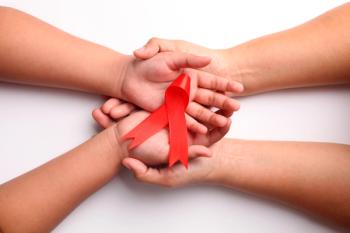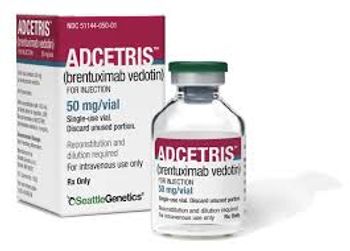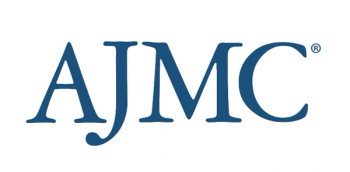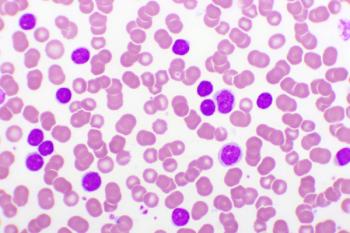
Clinical
Latest News

Latest Videos

CME Content
More News

This global study found rising rates of pediatric hypertension, highlighting obesity's impact and the need for improved monitoring and prevention strategies.

Social risk factors significantly increase the likelihood of developing long COVID, highlighting the urgent need for equitable health care and support systems.

The primary end point in PREVAIL is Myasthenia Gravis-Activities of Daily Living total score improvement from baseline, and the secondary end points are Quantitative Myasthenia Gravis total score and Myasthenia Gravis Composite total score.

In a webinar, experts discussed cardiovascular disease prevention strategies, emphasizing personalized risk assessments and emerging treatments to combat this health crisis.

A nascent hypothesis regarding pulmonary arterial hypertension (PAH) is that there is a link between thyroid dysfunction and PAH risk; much remains to be investigated to prove causality.

Pediatric hidradenitis suppurativa faces diagnostic delays and stigma, while adalimumab shows superior drug survival compared with infliximab in children.

World Hepatitis Day 2025 and its theme, “Hepatitis: Let’s Break It Down,” emphasize the urgent need to remove barriers to prevention, testing, and treatment to reduce liver cancer and eliminate hepatitis by 2030.

The FDA’s approval of linvoseltamab for adults with heavily pretreated relapsed/refractory multiple myeloma marks a significant advance, with Sundar Jagannath, MBBS, emphasizing its high response rates, manageable dosing schedule, and reduced treatment burden.

Mother-to-child transmission often led to pretreatment drug resistance and acquired drug resistance in children living with HIV.

This Managed Care Cast episode explores how high costs and inconsistent insurance coverage for incretin mimetics impact obesity management and patient care.

Thimerosal, a mercury-based preservative, has been incorrectly linked to the development of autism by antivaccine groups.

An expert discusses how long-term safety considerations are evaluated through clinical trial data and postmarketing surveillance, emphasizing the importance of reporting unexpected adverse events to the FDA, considering patient-reported outcomes beyond just high-grade toxicities, and working closely with specialists like ophthalmologists using standardized assessment tools and treatment algorithms to manage drug-specific adverse effects like visual complications from folate receptor–targeting therapies.

Thirty-six immune cell phenotypes were flagged as having an association with idiopathic pulmonary fibrosis (IPF).

Fosfomycin proved to be a safe, effective alternative for treating uncomplicated urinary tract infections (UTIs), potentially reducing antibiotic resistance and costs.

Brentuximab vedotin combined with cyclophosphamide, doxorubicin, and prednisone (CHP) shows promising results as a first-line treatment in newly diagnosed peripheral T-cell lymphoma (PTCL).

Flatiron Health expands its international oncology research network, enhancing real-world data use to improve patient outcomes and cancer care globally.

Patients who experienced a formulary-related rejection of cariprazine for adjunctive treatment of major depressive disorder had significantly higher hospitalization rates than those with approved claims.

Respiratory syncytial virus (RSV) poses a significant, often overlooked, risk for serious cardiovascular complications in older adults, underscoring the need for vaccination in this population regardless of their preexisting health conditions.

Switching to venetoclax led to sustained high rates of undetectable minimal residual disease, the investigators found.

Researchers found no significant differences in surgical outcomes or follow-up between housed and unhoused patients with osteoarthritis undergoing total joint arthroplasty, suggesting the procedure is safe and effective regardless of housing status.

Panelists discuss how newer immune-based therapies and bispecific antibodies may enable fixed-duration treatment approaches that could eliminate the need for stem cell transplant in older but fit patients, potentially allowing for treatment-free intervals after achieving deep responses.

Panelists discuss how to balance achieving deeper MRD-negative responses against increased toxicity risks in transplant-ineligible patients by personalizing therapy through dose modifications, weekly vs twice-weekly dosing schedules, and careful monitoring while maintaining treatment intensity similar to clinical trials.

Fewer than half of eligible patients with advanced ovarian cancer receive first-line maintenance treatments, highlighting care gaps.

Caroline Vovan, PharmD, CDE, emphasized the expanding role of ambulatory clinical pharmacists in value-based care.

A panelist discusses how ASCO 2025's most important breakthrough was the oral decitabine plus venetoclax combination, representing a potential paradigm shift if approved by the FDA, while highlighting that menin inhibitors (including the already-approved revumenib and pipeline agents like ziftomenib, bleximenib, and enzomenib) are the most exciting emerging therapies targeting 40% to 50% of patients with acute myeloid leukemia with NPM1 mutations or KMT2A rearrangements, though significant therapeutic gaps remain for challenging subgroups like TP53-mutated disease.

















































